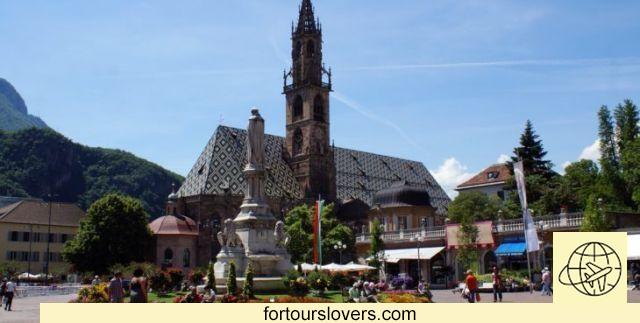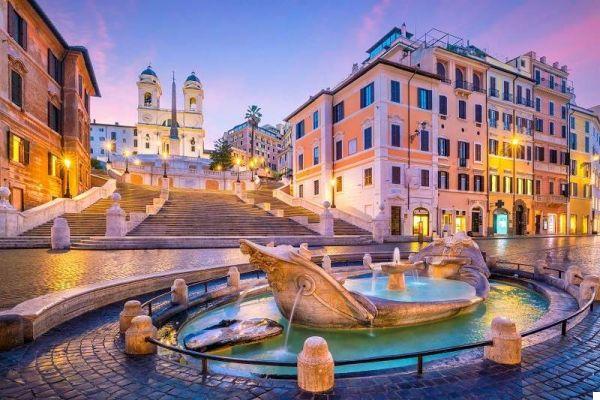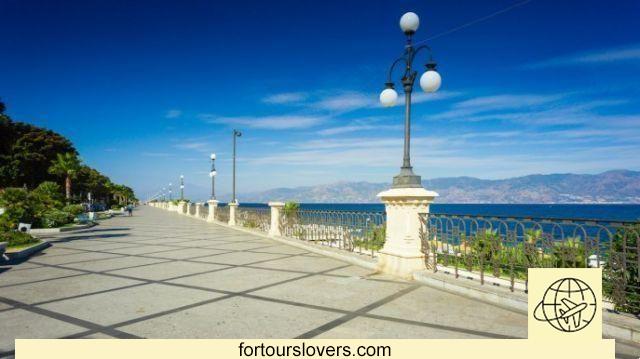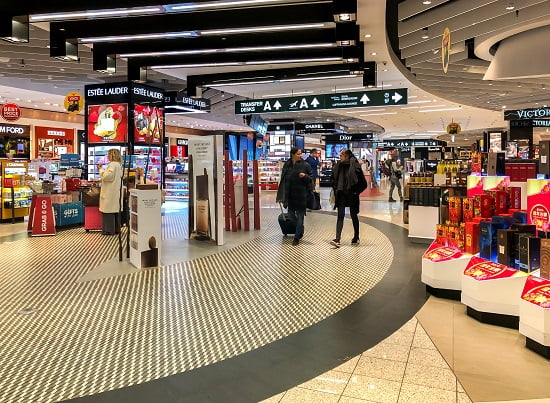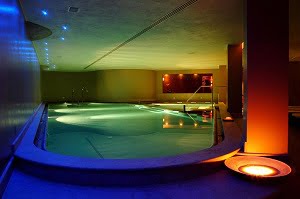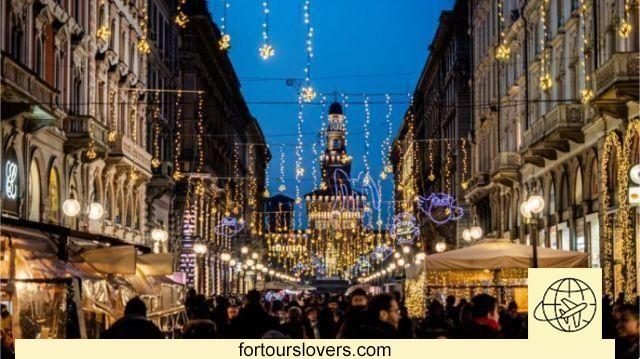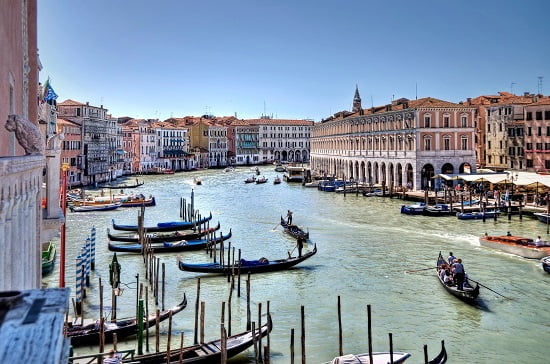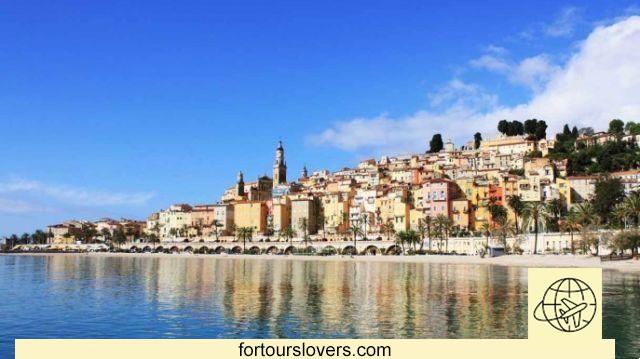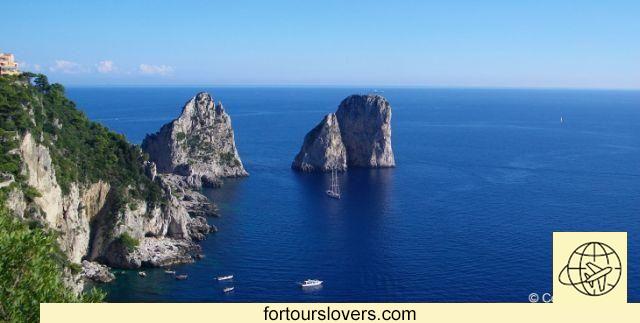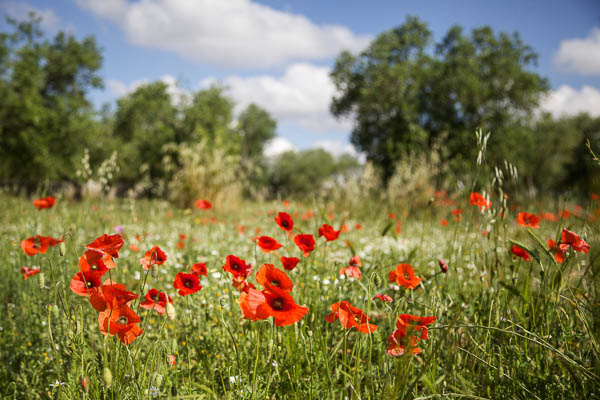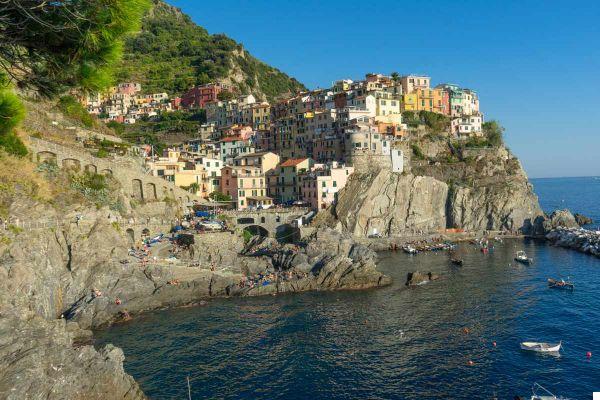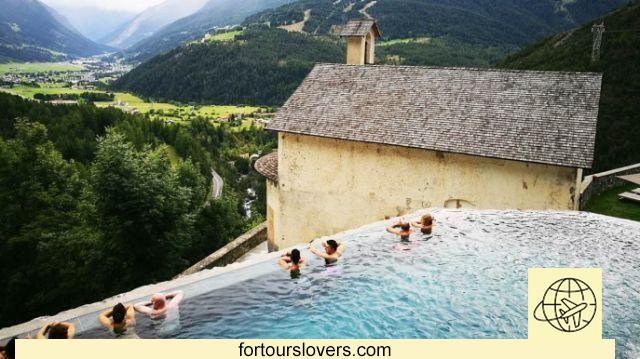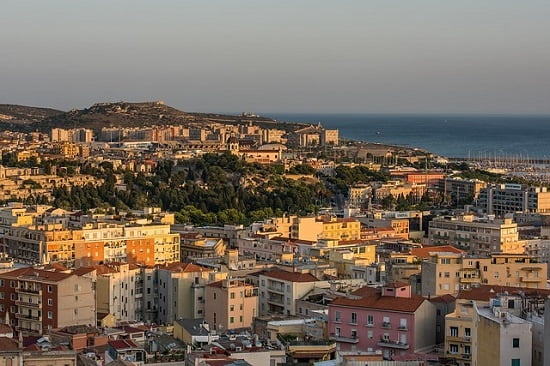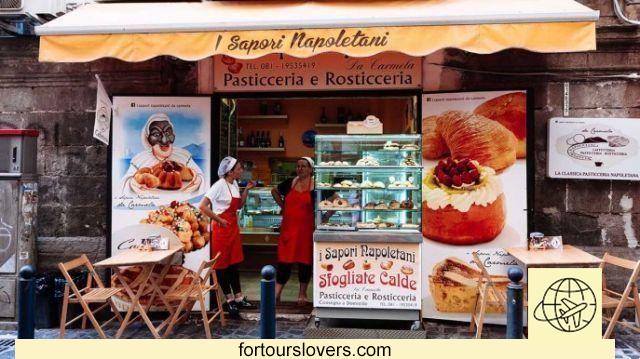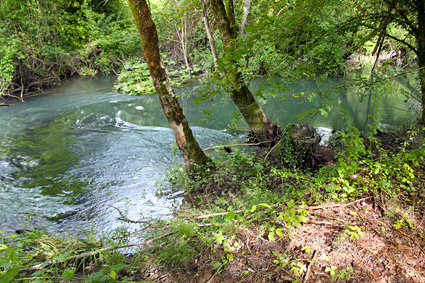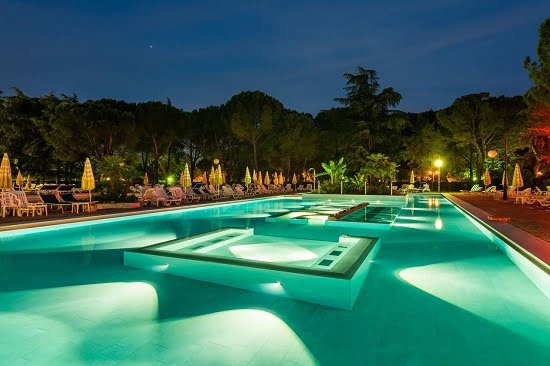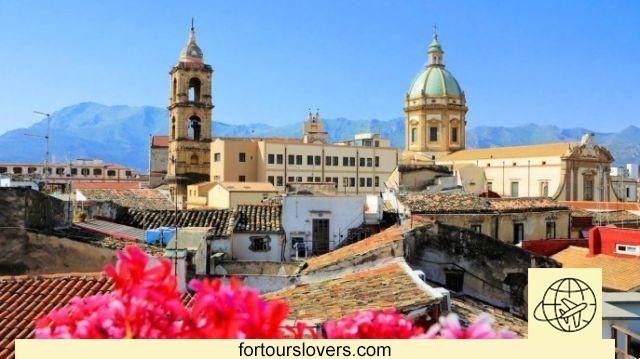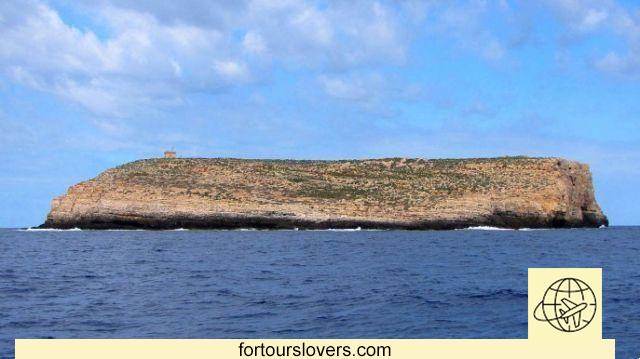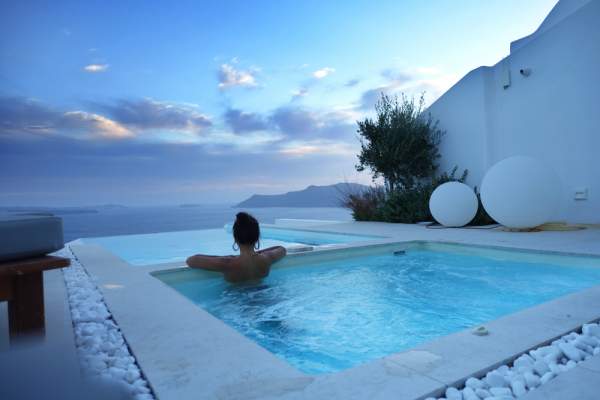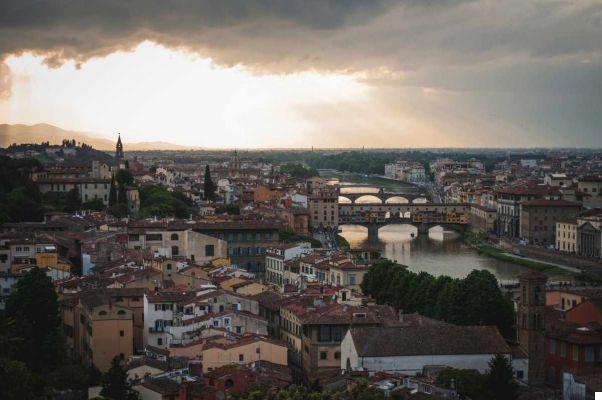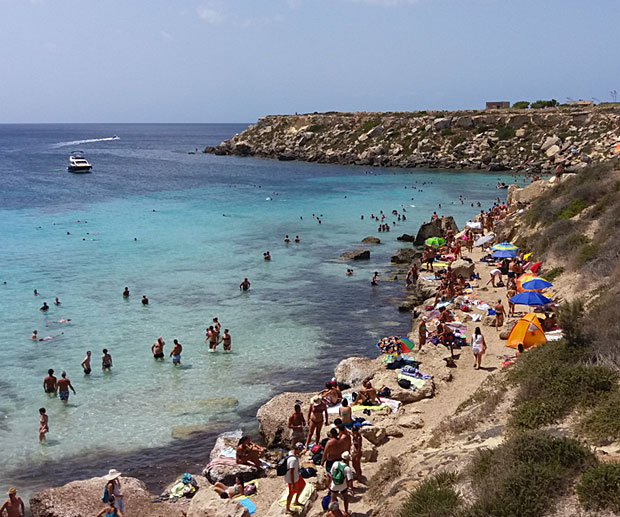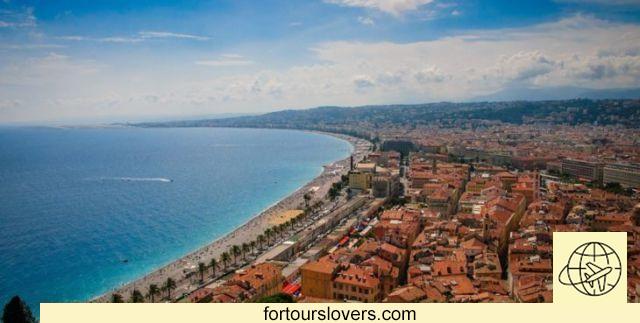
Nice
10 things to do and see in Nice and 1 not to doNice has always stood out for joy of life e multiculturalism founding values of a city that has been through a lot in its history, but each time returning to shine more than before. Therefore, the international tourism and the main resource of the territory, With the "Promenade des Anglais", ideal place for walk, do jogging e to relax by the sea, as its flagship. But woe to consider Nice only a fashionable and seaside resort. The old town, the port, the churches, the museums and the surrounding hills give back the image of a city with a thousand-year history, proudly aware of its uniqueness in the French and European panorama. Here are our recommendations for a visit to Nice. Happy reading.
1 The old town
There is almost no travel magazine, website or blog that does not recommend starting your visit to Nice from yours Old Town. The reason is soon said: it is in the old part (Veille ville) of the city, in fact, that the "Genius loci" Nice. The first thing that catches the eye of the attentive visitor is there similarity with the alleys of Genoa. Narrow and winding alleys, colorful houses and a swarm of varied humanity scattered among typical shops, restaurants, bars, boutiques and municipal markets. The most famous is undoubtedly the flower market which takes place from Tuesday to Sunday on the Saleya Course (Monday is up to antiques market). But there is not only this. The old town of Nice is a small one baroque jewel, whose most important testimony is represented by Cathedral of Santa Reparata (Piazza Rossetti) seat of the city bishopric and historical monument of France. As for the way to discover the places, theNice Tourist Office guarantees several customized formulas. So if on vacation you prefer to move with the help of a guide, rather than independently, you can consult the official website of the aforementioned office with all the excursions e guided tours present.
2 Promenade des Anglais
A promenade of 7 kilometers connecting the port with l 'airport of the city, paradise for the r and rollers from all over the world, used to having fun on the very wide sidewalk without hindering the numerous passers-by. The Promenade des Anglais is this and much more: it is the theater of the carnival citizen, famous for his battle of flowers, as well as home to most of the luxury hotels among which theNegresco hotels, (for the complete list of hotels click here) famous for its soaring dome. Also on the Promenade are held running races e cycling of international prestige: from "Nice-Cannes" marathon, To half marathon of April, to the classic “Paris Nice” of cycling, a world-famous race with over 70 editions under its belt. But, although the "Prom", as the inhabitants of Nice call it, is one of the most suitable places to keep fit, it is also its opposite: one of the best places to laze comfortably seated under his pergolas and on the legendaries blue chairs (chaises bleues in French) scattered along the way.
3 Villa Massena
As mentioned, the Promenade des Anglais is much more than a "simple" seafront. It is a powerful symbol of "Belle Epoque" of the French Riviera, with hotels, villas, boutiques and shops that still keep alive the spirit of that season that made Nice an international tourist destination. Hotel Negresco is the most significant testimony of that era, however not the only one: woe to forget Villa Massena, since 1921 local history museum. In addition to the building, built between the XNUMXth and XNUMXth centuries by architects Hans Georg Tersling e Aaron Messiah, Villa Massena is famous for its beautiful garden designed by the landscape architect Edouard Andrè. It was Andrè Massena, son of the client Victor Massena, to donate the building and the garden to the municipality of Nice in 1919. Hence the subsequent transformation into a museum. In 2008, an important renovation and restoration campaign updated the splendor of the structure which can be visited every day, except Tuesdays, from 10 to 18. For more information on this and other city museums visit: www.nice.fr/fr/culture/musees-et-galeries. Facebook page: Musées de la ville de Nice
4 The Cathedral of San Nicola
In the XNUMXth century Nice was not only frequented by Italian e English. Much of the court of the Tsar of Russia he chose to spend the winter on the French Riviera taking advantage of the mild and sunny climate of the city. Hence the idea, in 1859, to build the first Russian Orthodox cathedral in Western Europe. Pushing for the construction of the church was Alexandra Fedorovna, widow of Tsar Nicholas I who died just four years earlier. However, the need soon arose to build a larger place of worship to satisfy the need for prayer of the ever-growing Russian community in the city. In 1903, therefore, work began on the present cathedral inaugurated nine years later, in 1912. St. Nicholas Cathedral, that stylistically it recalls that of San Basilio in Moscow, for many years it has been one of the most visited monuments in the city and the entire coast. Thanks to the conspicuous collections guaranteed byhigh number of visitors, the church has kept intact its splendor even in the difficult years of Soviet bloc with the frictions within the Orthodox Church on the one hand, and the substantial disinterest of the Communist government on the other. With the dissolution of the USSR and the birth of the Russian Federation, things have changed considerably and France which, although it had declared the good national historical heritage, in 2009 he returned the Nice Cathedral to the Russian Federation.
5 Matisse Museum
The most visited museum in Nice is located in Cimiez neighborhood, a residential area on a hill quite far from the historic city center. The works of Henri Matisse (1869-1954) are kept in the Ville des Arènes, a residential building from the second half of the 600th century, from 1950 property of the municipality (previously it belonged to a real estate company which in turn had bought it from the Garin de Cocconato family). The museum, inaugurated in 1963, houses drawings, sculptures, paintings, Photos e sketches of this painter who, together with Picasso - to whom he was linked by a complex relationship made of esteem and rivalry -, deeply shaken the art of the twentieth century. Matisse, who arrived in Nice in 1917 to treat an annoying bronchitis, decided to move permanently to the city, fascinated more than by the climate mild and airy sea, from the famous light from that moment on, the main source of inspiration for those color contrasts that had made it famous in the world of painting. The museum, therefore, reconstructs the different ones artistic and existential phases of the artist but, although not passionate and / or experts, a visit is equally worthwhile. Admission costs around 10 euros, but with the possibility of buying a single one cumulative ticket with other city museums. For more information on the structure, history and methods of entry to Ville des Arènes, visit the Official site: www.musee-matisse-nice.org.
6 Marc Chagall Museum
Not only Matisse. That Nice is an important city from an artistic-cultural point of view is also evident from the presence of the Chagall Museum, or rather the Marc Chagall National Museum of the Biblical Message (1887-1985). This painter, Belarusian by birth, French by adoption and Jewish by origin, from a young age - spent in his native country, Vitebsk, and the most important St. Petersburg e Moscow - was fascinated by biblical themes to the point of making a life-long one important artistic reference point. In 1930 the French art dealer Ambroise Vollard, with whom Chagall had already had the opportunity to work in the previous decade, commissioned the artist a series of canvases dedicated to the biblical theme. These canvases, 17 to be exact, in 1966 were donated by the multifaceted artist to France; hence the need to find a suitable place to host them. The choice fell on an old villa in ruins in Nice which, on the indication of the time French Minister of Culture, was adapted for the purpose. Chagall himself actively participated in the works, which began in 1971 and ended two years later, and managed to transfer his "wishes" to the architect Andrè Hernant in charge of the renovation and museum set-up. In addition to the paintings depicting the themes of the Old Testament, the museum also houses other works by this artist protagonist of one adventurous life between the United States, Europe and Palestine. For a full understanding of the material on display, audio guides are available in several languages. For more informationi: it.musees-nationaux-alpesmaritimes.fr. Facebook page: Musée national Marc Chagall- (site officiel)
7 Archaeological Museum
The Archaeological Museum of Nice is located near the Terra Amata and Cimiez sites. In the first, the oldest dwellings in the history of mankind were discovered, dating back to 400.000 years ago. The excavation campaign, carried out in the mid-60s of the last century, led to the construction of the Terra Amata museum center in which the numerous prehistoric objects found have been collected and sorted. A fundamental cataloging work which, in addition to the tourist data, which should not be underestimated as it is the city's first economic resource, has allowed a series of side studies to try to reconstruct the climate and biodiversity of the time. The Cimiez museuminstead, it retraces the glories of Cemenelum, capital of the Maritime Alps founded by Augustus in 14 BC. C. The museum, housed in VIlla des Arenes (current seat of the Matisse Museum) until 1989, collects jewels, precious items, tools and funerary equipment from the Roman era. Not far from the museum there is also a anfiteatro and spa. The two complexes are open every day, except Tuesdays, from 10 to 18. The Archaeological Museum, together with the Matisse Museum, the Chagall Museum and numerous other attractions in the surrounding area (just to name two: the Picasso Museum of Antibe and Oceanographic Museum of Monaco) can be visited with the French Riviera Pass, the city card of the Nice Tourist Office. Find out the details on: it.frenchrivierapass.com
8 Lascaris Palace
Among the many palaces of the Nice old town there is one in particular that is worth a visit. We are talking about Lascaris Palace, Real hidden gem in the heart of Veille Ville, not far from the Cathedral of Santa Reparata. Belonged to noble family Ventimiglia-Lascaris, from the 40s of the last century is owned by the municipality of Nice which, with no little effort and subsequent restoration campaigns in the '60s and' 70s it restored to its ancient splendor a dwelling which, without a doubt, is among the most significant evidence of Baroque civil architecture. These few clues are sufficient in themselves for a visit to the palace, but there is much more to see. For example, a rich one collection of vintage musical instruments, partly from Villa Massena; partly added over the years. On the first floor, however, there is the pharmacy of the great Victor Hugo transferred directly from his birthplace in Besançon. Palazzo Lascaris is open every day, except Tuesdays, from 10am to 18pm. The full fare ticket costs 6 euros. Individual guided tours take place on Friday afternoon starting at 15pm. For more info click here.
9 The three Corniches
Three more or less parallel roads that, at different heights, connect Nice to Menton, on the border with Ventimiglia. As can be easily understood, their peculiarity is the landscape all around: sea, breathtaking villas e countries rich in history. A holiday within a holiday, therefore, especially for those who love getting around by car and motorbike. The lower path (corniche infèrieure), close to the sea, crosses real architectural jewels such as Villfranche-Sur-Mer, Cap Ferrat e Cap d'Ail (these locations are also easily accessible by train). The intermediate route (moyenne corniche), on the other hand, is much more tortuous and therefore more suitable for motorcyclists and scooter riders. Do not miss the medieval village of Eze (see photo), considered one of the most beautiful in all of France. Finally, the elevated path (grande corniche) which, in addition to being the most panoramic of the three, is less tortuous than the intermediate one. Roquebrune, birthplace of Le Corbusier, a well-known architect and urban planner who is also named after the town promenade.
10 Carnival
For fifteen days e three weekends of February Nice stops to celebrate the Carnival, one of the greatest in the world; in Europe second for fame only to that of Venice. What then is not that it stops, far from it, only that everything is a function of this anniversary that year after year records a growing consensus from the public and critics. As for other places, the carnival tradition for Nice dates back to the XNUMXth century. Only, the Modern carnival, the one that started the event as we know it, dates back to 1873, the year in which the Party Committee. From that moment the main theme, the construction of the floats, the clothes, the parades and everything else were subtracted from the improvisation of the participants and decided down to the smallest detail. Including the famous one battle of flowers which was established in 1876, rising in a few years to highlight of the festivities. The launch of mimosas, gerberas, lilies, rose and other varieties of plants is aimed at public gathered on the steps on either side of the Promenade on which the floats departing from Massena square. Street artists and musicians do the rest, creating a magical atmosphere that involves everyone: adults, children, tourists and residents. For updates on single editions, programs, hotel solutions and anything else visit the Official site: www.nicecarnaval.com.
1 Do not show off valuables in certain areas of the city
Naples, Palermo, Prague, Nice or in any other medium-large city where you are, the warnings are more or less always the same: be careful not to show off watches, necklaces, rings and other valuables on the street. Bag-snatching in Nice and throughout the French Riviera is widespread, so it's best to be on your guard. Also keep an eye on the particularly hateful phenomenon of robberies of cars in transit at traffic lights and at the motorway exit. It must be said that the cases have decreased in the last three or four years, but from time to time there are still more. In short, it is better to be cautious while avoiding being prisoners of phobias and unnecessary alarmism. Much depends on the standard of living exhibited, so it is better to avoid giving too much attention. For the rest, don't worry and enjoy Nice. It is absolutely worth it!




